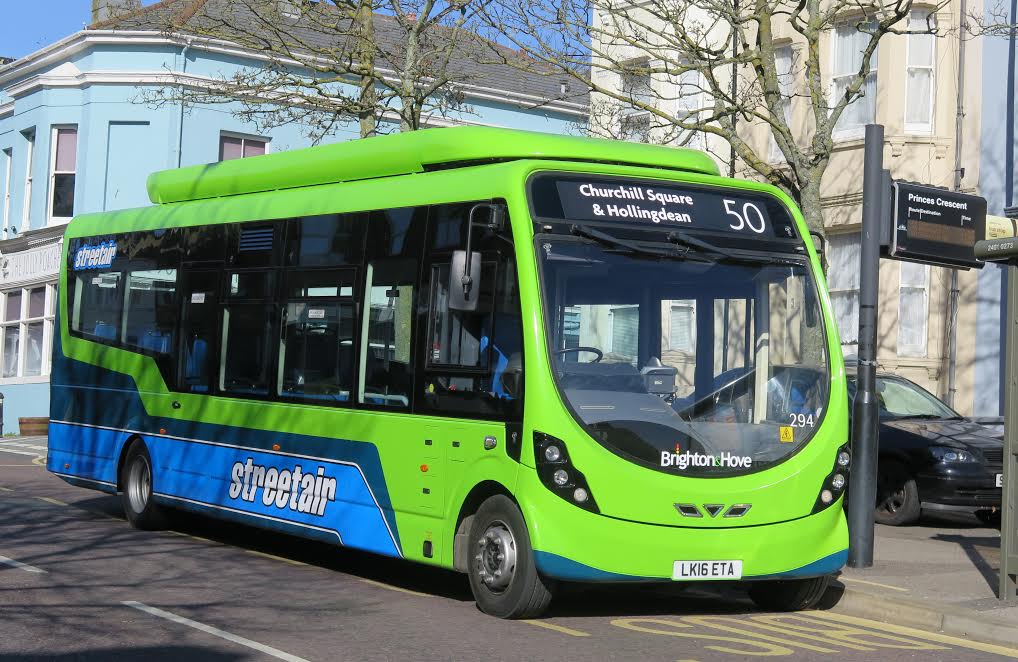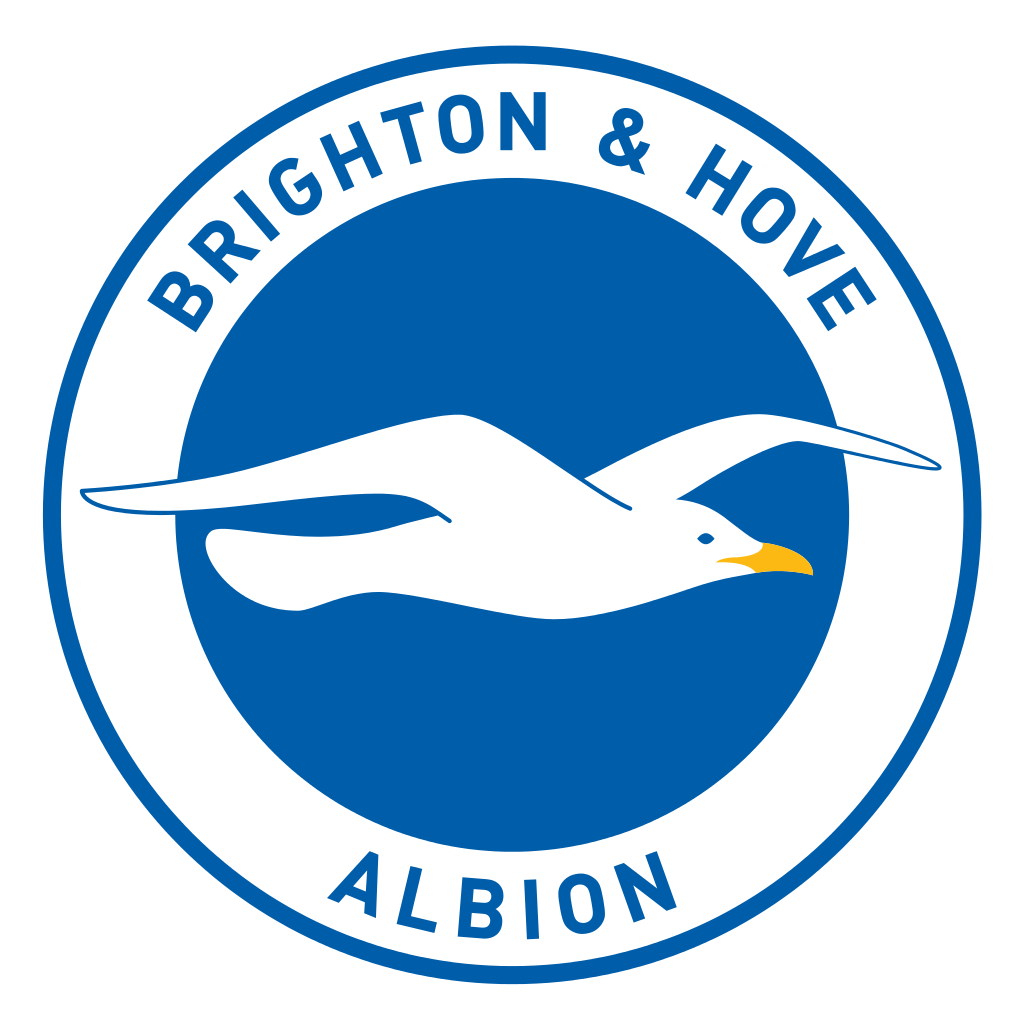
Brighton’s low emissions zone is set to expand and impose stricter standards on buses and taxis in a bid to improve air quality in the city centre.
Since the zone was first introduced in 2015, Brighton and Hove City Council has also secured government funding to fit 76 buses and 22 taxis with clean air technology.
Brighton’s The Big Lemon bus company is aiming to be the first operator in the country to have a fully electric, zero emissions fleet.
Brighton & Hove Buses are testing a new Hybrid Electric Vehicle (HEV), which can drive in full electric mode. If tests go well, Brighton & Hove Buses believes it would be one of the few bus companies outside London to use the new HEV buses.
And last month, Stagecoach launched a new and upgraded fleet of double decker buses, fitted with the cleaner Euro 6 engines. The Coastliner700 fleet operates along the South Coast between Littlehampton, Worthing Shoreham, Hove and Brighton.
Next Tuesday, the council’s environment and transport committee will be asked to expand the zone and introduce a new ultra-low emission zone, which will require all new buses and taxis operating there to meet even lower emissions targets.
Chair Gill Mitchell, said: “We are making real progress in our efforts to reduce emissions in the city and create a cleaner environment for our residents and the city’s visitors.
“Through our Air Quality Programme Board, we will continue to work with local transport partners to ensure that every effort is made to improve air quality so that the people of Brighton & Hove are breathing cleaner, healthier air.
“We recently led a bid for funding on behalf of the Greater Brighton City Region, for a slice of an £840 million government fund to spend on tackling the area’s worsening transport congestion problem. We will continue to bid for government funding to support sustainable transport projects.”
Brighton and Hove Buses Managing Director, Martin Harris, said: “Almost 90% of our 270-strong fleet is now LEZ standard or above and we already have 82 nearly emissions-free buses on the road. What’s more, we’re aiming to be completely emissions-free by 2030.
“We’re committed to working with the council to further realise the environmental benefits of public transport. Just one full double decker bus can take up to 75 cars off the road, which makes bus travel the most sustainable form of mass transit for the city and the best way to deliver a clean air city in the future.”
The Big Lemon’s Development Manager, Kelly Dibbert, said: “We’re excited to announce we have recently ordered four brand new 138kWh Optare Solo electric buses with the help of a £513,000 grant from the Department for Transport’s Low Emission Bus scheme, £114,000 from the Clean Bus Fund and support from the public who have bought bonds from our £405,000 bond issue.
“We hope they will be in operation on our six bus routes by the end of 2018. With our two existing solar powered electric buses, Om Shanti and Lindsay Morris, the four new buses will make us the first bus operator in the UK to have a fully electric bus fleet. That means all of our bus routes will be zero emission, extremely quiet and powered by renewables.”
As well as the zone, the city council also set up an Air Quality Programme Board which has worked closely with transport partners, including local bus firms, to improve air quality across the city and reduce emissions caused by local traffic.
All bus operators report that they will have achieved the current zone’s emission standard by January 2019, one year earlier than planned, with all older buses replaced or retrofitted to at least the higher standard.
All bus operators in Brighton & Hove have until October 2024 to replace or convert all buses entering the zone to the new Euro 6 standard.
In a further boost to the council’s clean air strategy, Brighton and Hove has been successful in its bid for £300,000 of funding from the Office for Low Emission Vehicles, to install electric vehicle charging points across the city.






